1950 Nash Ambassador Super Series 60 Sedan
- Location: Saint Louis, Missouri, United States
- Make: Nash
- Model: Ambassador Super
- SubModel: Ambassador
- Type: Sedan
- Trim: Ambassador Super Series 60 Sedan
- Year: 1950
- Mileage: 68,401
- VIN: R590178
- Color: Strato Blue Light exterior (code P21)
- Engine size: 235 CID OHV inline six-cylinder
- Number of cylinders: 6
- Fuel: Gasoline
- Transmission: Automatic
- Drive type: RWD
- Interior color: rown and taupe cloth interior (code P47)
- Vehicle Title: Clear
1950 Nash Ambassador Super Ambassador Super Series 60 Sedan Description
1950 Nash Ambassador Super Series 60 Sedan Description1950 Nash Ambassador Super Series 60 Sedan
Unique and hard to find Airflyte body style 235 CID OHV inline six-cylinder GM’s Hydramatic four-speed automatic transmission with Selecto-Lift Starting George Petty Nash Nude Flying Lady hood ornament “Uniscope” instrument cluster Strato Blue Light exterior (code P21) Brown and taupe cloth interior (code P47) Fully reclining front seats Coker Classic wide whitewall tires 121-inch wheelbase Swing-out rear side windows Tidy and original undercarriageOne of the more unique four-wheeled vehicles from the mid-20th century has arrived here at MotoeXotica Classic Cars. We are pleased to offer this rarely seen 1950 Nash Ambassador Super Series 60 Sedan. This example was built at Nash’s factory in Kenosha, Wisconsin. Full-sized Nashes of this era carried distinctive styling, which some critics termed “bathtubs.” Today, it will turn heads and get people to stop to ask questions about the car.
Finished in Strato Blue Light (code P21), the Nash’s paint and trim are in excellent condition, as are its windows, which are clear and intact after all these years. The Nash’s lights are in overall very good order; the headlights are slightly hooded. This Nash was factory equipped with the very desirable George Petty Nash Nude Flying Lady hood ornament.
This Nash’s bodywork, mounted on a 121-inch wheelbase, is straight and solid, its bumpers are in very good shape and fit tightly to the body, the engine bay is very tidy and the battery is in very good order. The rear-most side windows swing out, offering additional ventilation, especially at speed. The Nash rolls on Coker Classic wide whitewall tires, surrounding original Nash wheel covers.
Underhood is a seven-main bearing 235 CID overhead valve straight six-cylinder engine mated to a four-speed Hydramatic automatic transmission from General Motors. The 1950 Ambassador became the first non-General Motors automobiles to be equipped with GM’s Hydramatic automatic transmissions (cars with the automatic transmission has Selecto-lift starting, where the diver pulled the transmission lever on the column toward themselves to engage the starter). Underneath you will find a tidy and original undercarriage that is a must see!
Inside, the Nash features a spacious brown and taupe cloth interior (code P47). The front seats fully recline and Nash advertised the car could sleep three people in a pinch or a great place to start a family! The seats are in great shape while the carpet is in satisfactory order. The headliner looks great while the two-spoke steering wheel is in good order. The Uniscope instrument pod mounted atop the steering column and inner door panels are all in very good condition, while the shifter is in good order the digital fuel gauge is inoperable. Completing the interior is an aftermarket Clarion AM/FM stereo with CD player. The original radio still resides in the dash.
The 1949 Nash 600 featured a new design based on the aerodynamic Airflyte series that was developed by Nils E. Wahlberg, Nash’s Vice President of Engineering. It was the first car of an advanced design introduced by the company after World War II. The new cars stood out among the competition, six inches lower than the 1948s with a rounded body with unusual enclosed fenders so that detractors dubbed them the “bathtub” Nashes. “The envelope shape was the most streamlined form on the road, a large step ahead of the vaguely similar Packard” at that time. The Ambassador became the premium models, up against such brands as Buick, Oldsmobile, Mercury, Chrysler, DeSoto and Hudson.
The sedan was the only body style available in either two or four doors and there were three trims: Super, Super Special and Custom. The interiors were cavernous and optional was a new “Twin Bed” that was formed by dropping the two front seat backs to meet the rear seat.
Its aerodynamic body shape was developed in a wind tunnel. Nils Wahlberg’s theories on reducing an automobile body’s drag coefficient resulted in a smooth shape and enclosed front fenders. The “cutting-edge aerodynamics” was the most “alarming” all-new postwar design in the industry since the Chrysler Airflow.
A one-piece curved safety glass windshield was used on both models. Due to its enclosed front fenders, Nash automobiles had a larger turning radius than most other cars. Coil springs were used on all four wheels. Three trim lines were offered in both models; Super, Super Special and the top line Custom.
The few changes for the 1950 Airflytes were a wider rear window, which helped the driver navigate when in reverse or when in traffic, a concealed fuel filler cap, some dashboard features and the addition on Ambassadors of a GM Hydramatic four-speed automatic transmission option. A new first for an American car were seat belts, also new was a five-position Airliner reclining front passenger seat back, both optional in both models and the Ambassador received a new cylinder head design.
After Nash rolled out its Airflyte body style, Ambassador sales enjoyed a significant gain by selling just four- door and two-door sedans in the 1949-1951 market place.
Competition to this Nash in 1950 included Buick’s Series 40 Sedanet, DeSoto’s Custom Sedan, Dodge’s Coronet, Mercury’s Eight sedan, Oldsmobile’s Futuramic 76 DeLuxe four-door sedan, Packard’s Eight Touring Sedan and Pontiac’s Chieftain sedan.
If you don’t mind hearing “What kind of car is that?” or seeing people point at or gather around it every time you stop or park it, come on by MotoeXotica Classic Cars today and check out this “bathtub” Nash for yourself.
PLEASE CLICK HERE TO VIEW OUR YOU TUBE VIDEO!
OR COPY AND PASTE THE LINK BELOW IN TO YOUR WEB BROWSER
https://youtu.be/BXiJE-ttR7A
This car is currently located at our facility in St. Louis, Missouri. Current mileage on the odometer shows 58,401 miles. It is sold as is, where is, on a clean and clear, mileage exempt title. GET OUT AND DRIVE!!!
VIN: R590178
Note: Please see full terms and conditions listed below that pertain to the purchase of any said vehicle, thank you.
 Nice 1950 Nash Ambassador Super
Nice 1950 Nash Ambassador Super
Mileage: 25342
 1950 NASH AMBASSADOR SUPER AIRFLYTE
1950 NASH AMBASSADOR SUPER AIRFLYTE
Mileage: 87099
 1948 Nash Ambassador Super Brougham 2-Door Sedan / Coupe
1948 Nash Ambassador Super Brougham 2-Door Sedan / Coupe
Mileage: 48,956
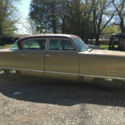 1952 Nash Ambassador Super Custom Airflyte 4 door sedan
1952 Nash Ambassador Super Custom Airflyte 4 door sedan
Mileage: 43,000
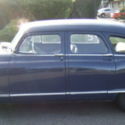 1951 Nash Ambassador Super Airflyte 1949 1950 1955 1956 1957 1958 1959 1953 1954
1951 Nash Ambassador Super Airflyte 1949 1950 1955 1956 1957 1958 1959 1953 1954
Mileage: 113750
 1951 Nash Ambassador Super Airflyte 1949 1950 1955 1956 1957 1958 1959 1960 1961
1951 Nash Ambassador Super Airflyte 1949 1950 1955 1956 1957 1958 1959 1960 1961
Mileage: 113600
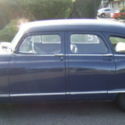 1951 Nash Ambassador Super Airflyte 1949 1950 1955 1956 1957 1958 1952 1953 1954
1951 Nash Ambassador Super Airflyte 1949 1950 1955 1956 1957 1958 1952 1953 1954
Mileage: 113750
 1947 NASH AMBASSADOR SUPER 4 DOOR TRUNK BACK SEDAN EVERYTHING WORKS
1947 NASH AMBASSADOR SUPER 4 DOOR TRUNK BACK SEDAN EVERYTHING WORKS
Mileage: 19125
 1950 Nash Ambassador
1950 Nash Ambassador
Mileage: 42,037
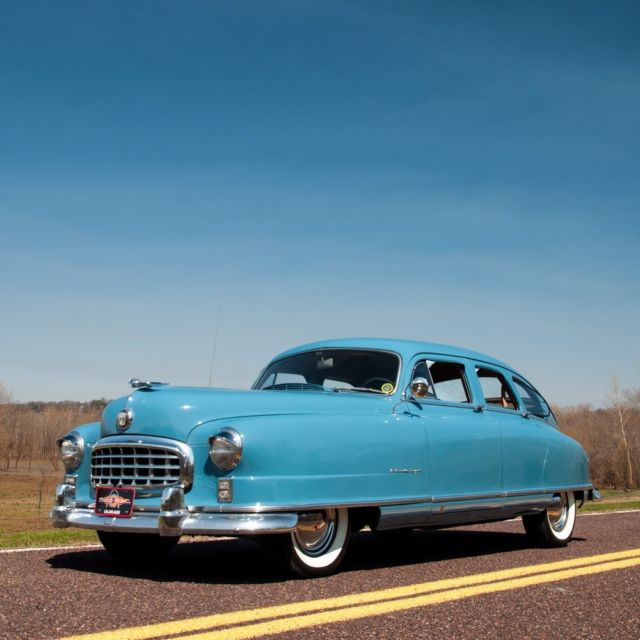

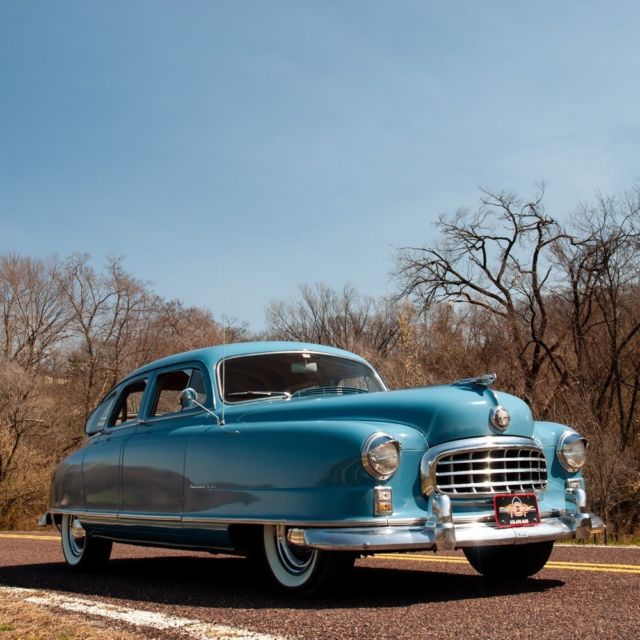



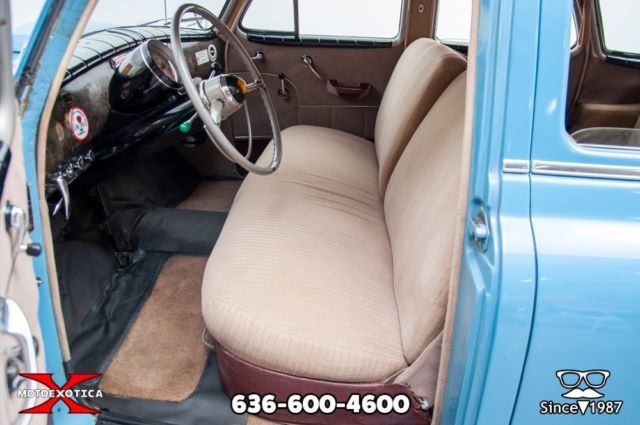




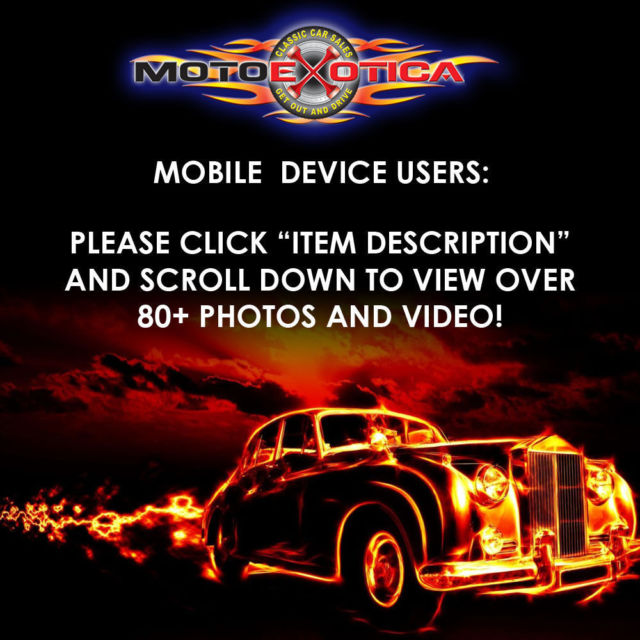
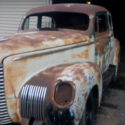 nash project car, nash Lfayette, nash Ambassador, 1939, super rare
nash project car, nash Lfayette, nash Ambassador, 1939, super rare